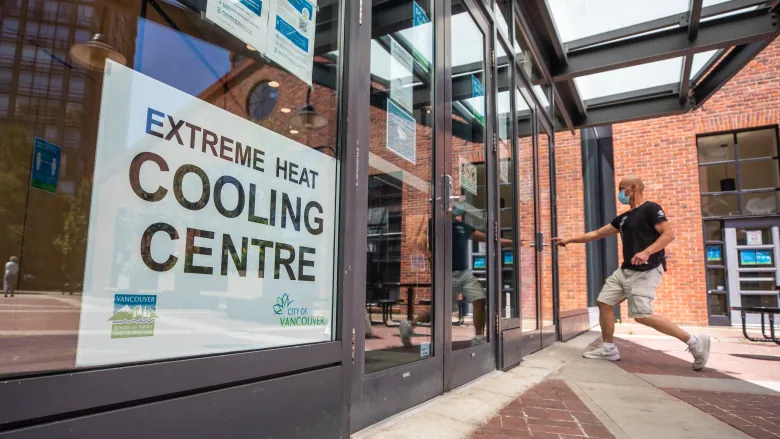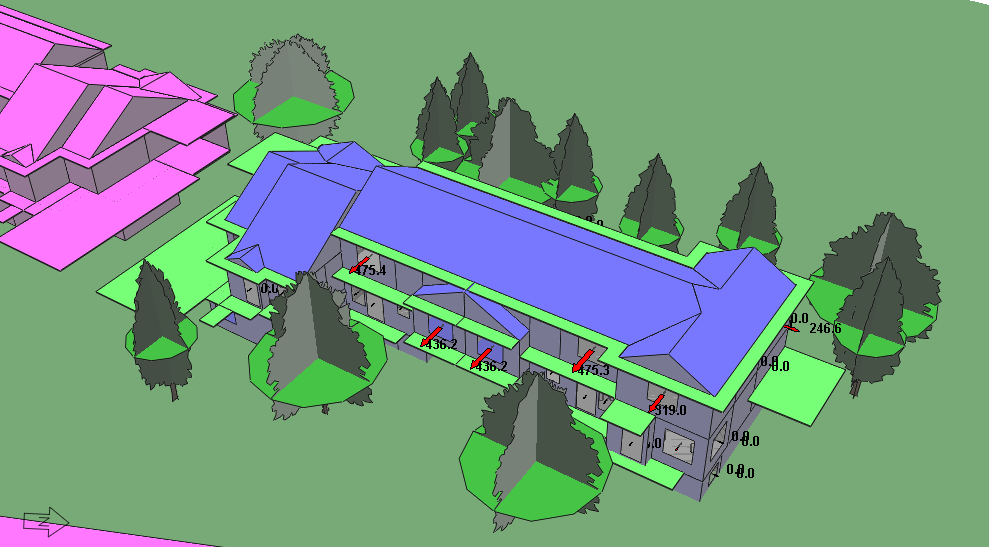
HVAC Design & COVID-19
- HVAC systems provide fresh air, humidification, and thermal comfort to buildings
- SARS-CoV-2 transmission is found to spread from person to person, through respiratory droplets and aerosols
- Effective HVAC design strategies can help mitigate potential tranmission risks in buildings
- The Canadian Government has made recent financial commitments to improve ventilation and infection control in healthcare and long-term care facilities
HVAC System Design
Heating, Ventilation & Air Conditioning (HVAC) systems provide ventilation, thermal comfort, and humidification to buildings. System design varies depending on the function and type of building being served. Hospitals, for example, have strict infection control requirements, that are managed through the implementation of strategies such as air filtration or UV-treatment.
Ventilation & SARS-CoV-2
Ventilation using outdoor air is an effective method of diluting contaminants in an indoor environment and has been proven to reduce the transmission of traditional respiratory tract infections (such as influenza) in a building setting.
Given that we are still learning much about the SARS-CoV-2 infection, it has yet to be clearly defined whether COVID-19 can spread easily within a building by the ventilation system.
In a recent statement, ASHRAE have clarified that the “Transmission of SARS-CoV-2 through the air is sufficiently likely that airborne exposure to the virus should be controlled. Changes to building operations, including the operation of HVAC systems can reduce airborne exposures.
Ventilation and filtration provided by heating, ventilating, and air-conditioning systems can reduce the airborne concentration of SARS-CoV-2 and thus the risk of transmission through the air. Unconditioned spaces can cause thermal stress to people that may be directly life threatening and that may also lower resistance to infection. In general, disabling of heating, ventilating, and air-conditioning systems is not a recommended measure to reduce the transmission of the virus.” [1]
Mitigation Strategies
Given what we know about infection control, particularly in a healthcare setting, there are proven strategies to help improve indoor air quality and reduce the potential for the spread of respiratory tract infections such as SARS-CoV-2 in buildings.

Source: McKinsey
Increased Ventilation Rates – As outdoor air ventilation rates increase, so contaminant concentration in indoor air decreases.
Air Filtration – Most ventilation systems incorporate filters that can capture large droplets but not aerosols. High Efficiency Particulate Air (HEPA) filters have demonstrated good performance with water droplet & aerosol particles and are commonly used in healthcare settings and airplanes.
Relative Humidity – Relative humidity in indoor air, of 40-60% has been proven to reduce respiratory infections.
Ion Generators – Negative ion generators, or air ionizers disperse charged ions, which can attach to particles in the air, including those containing bacteria or viruses, and can be removed using filters at the device.
Ultraviolet Germicidal Irradiation (UVGI) – UVGI causes decomposition though ultra-violet C (UVC) radiation of bacteria and viruses.

Federal Supports
The Canadian Government has recently committed $1 billion on Canada’s long-term care facilities to prevent the further spread of COVID. Part of this investment will be targeted at Ventilation upgrades, such as those identified in this journal.
Opportunities
Feel free to reach out to our engineering team if you would like to learn more about the ventilation strategies, technologies, and opportunities presented in this article.
Resources
ASHRAE have released a helpful resource for building owners, operators, and designers on the topic of air filtration and disinfection, and can be found at the link below:
[1] https://www.ashrae.org/technical-resources/filtration-disinfection



